Extreme weather can pose far-reaching challenges for outdoor construction jobs. Notably, rain can frustrate construction efforts if they lack equipment that withstands such conditions. However, having durable rain gear can help construction workers carry on with their roles, regardless of the weather. It provides maximum comfort, protection from the elements, and helps improve productivity, all while keeping workers safe. For those involved in hardcore construction work, let’s dive into the importance of quality rain gear, the best types to consider, points to ponder when buying one, and the impact it can have on health and safety. Join us as we unravel the compelling narrative behind using rain gear in the construction industry.
Importance of Rain Gear for Construction Work
Whether you're a seasoned site manager, a construction crew member, or a weekend DIY enthusiast, maintaining productivity during inclement weather can be a tricky balancing act. One key factor often overlooked is the role of appropriate rain gear in rigorous working conditions like construction sites. Adequate protective gear helps ensure safety, enhances performance, and boosts overall work productivity - especially when the weather decides to throw curveballs. Let's delve deeper into why rain gear isn't just an optional safety accessory, but an absolute necessity in construction work.
Proper Protection
Rain and construction sites can make for a potentially hazardous combination. The challenges go beyond just feeling uncomfortable in damp clothes; inadequate safety measures can lead to more severe issues like hypothermia, decreased visibility, and increase the likelihood of slips and falls. Investing in high-quality rain gear could mean:
- Enhanced Safety: Proper rain gear, like waterproof jackets, pants, and boots, keeps workers dry and prevents dampness-related health issues. An added bonus? Some rain gear even comes with high-visibility accents, ensuring workers are easily noticeable, mitigating collision accident risks in low light conditions.
- Increased Durability: Prolonged exposure to moisture can compromise the durability of regular workwear. Rain gear, specifically designed to withstand the rigours of stormy weather, can last longer, offering better value for money in the long run.
- Protection for Equipment: Some rain gear also includes coverings for equipment. By shielding your tools from the elements - you're not only extending their lifespan but also ensuring functional efficiency.
Improved Productivity
Stop-and-go workflows due to fluctuating weather conditions can significantly impact construction productivity. Here's how quality rain gear can help maintain productivity, even under gruelling weather conditions:
- Continuity of Work: With the right rain gear, weather fluctuations don't necessarily mean work stoppages. Your crew can continue to work productively, ensuring project timelines are met despite the weather trying to play spoilsport.
- Comfort Equals Efficiency: By keeping workers dry and comfortable, rain gear enhances their ability to focus on tasks at hand rather than managing discomfort, contributing to overall work efficiency.
- Reduced Sick Days: A healthy team is a productive team. By providing robust protection against the weather, rain gear reduces the likelihood of sickness, ensuring your work crew is at its full strength, more often.
To summarize, suitable rain gear isn't a mere add-on, but a critical component of construction site safety and efficiency. It protects workers and equipment, helps maintain productivity, and ultimately contributes to successful project completion. So, the next time when dark clouds loom over your construction site, remember, being well-equipped with proper rain gear can make a world of difference.
Types of Durable Rain Gear for Construction Work
Rainy days pose a particular challenge for construction workers, leading to discomfort, chilling temperatures, and sometimes even dangerous slippery conditions. Yet, work must go on, even in less than perfect weather. The answer to these damp and uncomfortable problems lies in rain gear that is not only waterproof but also durable and suitable for construction tasks. This article will focus on five types of essential rain gear that make construction work a breezy business, no matter what the weather looks like: rain jackets, rain pants, waterproof boots, waterproof gloves, and waterproof hats.
Rain Jackets
Rain jackets are, without doubt, the first line of defense against precipitation. They are specifically tailored to fend off water infiltration while keeping the wearer warm and comfortable. Some of the unique features to look for in rain jackets particularly suited for construction work include:
- Tear-resistant material to withstand rigorous activity
- Lightweight to ensure easy mobility
- Breathability to prevent sweating
- High visibility colors for safety
Rain Pants
A good pair of rain pants is as crucial as the rain jacket. They should be lightweight, comfortable, and easy to put on and take off to cope with changing weather conditions. Much like their upper-body counterparts, rain pants fabricated for construction must also feature tear-resistant materials and high visibility colors.
Waterproof Boots
Waterproof boots keep feet dry, offer exceptional traction to prevent slips, and should also provide ample insulation. A good pair of boots will enhance safety, fuel efficiency, and all-day comfort.
Waterproof Gloves
Whether it's manipulating tools or maintaining a steady grip in wet conditions, waterproof gloves are indispensable to a construction worker. They are designed for functionality coupled with comfort, typically boasting a water-resistant shell and a cozy interior lining for warmth.
Waterproof Hats
Last but not least on our list of rain gear essentials are waterproof hats. These hats ensure that your head and face stay dry and shielded from harsh elements. Look for one with wide brims and durable construction, which will ensure longevity in your investment.
So, this rainy season, don't let the downpour dampen your spirits or your ability to work effectively. Gear up with these durable and reliable rain gear options, specifically tailored for construction professionals. After all, in construction, the old adage rings true - the right tool, or in this case equipment - for the right job is vital.
Considerations When Buying Rain Gear for Construction Work
Rainy weather doesn't mean construction work comes to a complete halt. In fact, most construction workers are required to work in all types of weather conditions, including downpours. This is where a quality set of rain gear becomes absolutely essential. Selecting the right rain gear for construction work doesn't have to be arduous. Let's break down the essential considerations when buying the perfect rain gear for construction work.
Material Durability
Durability ranks high in the list of considerations because, as a construction worker, you need gear that can withstand rough conditions. The ideal rain gear should be able to resist wear and tear while standing up to harsh elements.
- Look for rain gear made with heavy-duty materials. This doesn't just cover the fabric but also the seams, zippers, and protective layers.
- Consider materials like PVC and polyester, known for their toughness and longevity.
- Ensure the gear is designed to guard against abrasions, since construction work involves close proximity to heavy machinery and raw materials which can easily damage the outfit.
"Rain gear is a long-term investment. Ensuring you buy durable material will save you from constant replacements, making it cost-effective in the long run."
Water Resistance
The very essence of rain gear is its ability to shield you from the rain. Hence, water resistance is a feature that you shouldn't compromise on.
- Check the rating of the product's waterproofing abilities. The higher the rating, the better the water resistance.
- Take note of the design. Features like a storm flap over the zipper or heat-sealed seams can enhance water resistance.
- A good rain gear is one that prevents water penetration while allowing moisture from sweat to escape, keeping you dry on all accounts.
Comfort and Fit
Comfort and fit are just as essential as any other feature when purchasing rain gear. Construction work often involves movement, and restrictive clothing can hinder performance.
- Look for gear with adjustable features, such as hoods, cuffs, and waistbands. These provide flexibility and personalized fit.
- Breathability is a must. Materials that allow airflow add to the comfort while preventing overheating.
- Make sure your gear is the right size, as improper sizing can hamper movement and overall comfort.
Visibility
Since construction sites are often bustling zones with heavy machinery and vehicles, it's crucial to ensure visibility for safety reasons.
- Choose gear with bright, high-visibility colors and reflective materials. They enhance your visibility in poor lighting or low-visibility weather conditions.
- Some regions might have regulatory standards for visibility gear. Ensure your choice is compliant with such regulations.
Choosing the right rain gear involves careful consideration of these factors. Remember, the goal is to find reliable, comfortable, and safe protection from the rain. Making an informed decision on your purchase will ensure that your productivity at work continues, rain or shine.
Maintenance and Care for Durable Rain Gear
Protecting yourself from the rain doesn't end with just buying the perfect rain gear. With the right maintenance and care, your rainy-weather attire, like your trusty raincoat or umbrella, can outlast even the harshest storms. If you think about it, it's really a three-step process: Cleaning, Storage, and Repair.
Cleaning
Rest assured, cleaning your rain gear isn't as hard as it may seem. Regularly washing it can maintain its waterproof qualities, ensuring maximum protection during those sudden showers. Here's a simple guide:
- Rinse the gear with cold water to remove any loose dirt or dust.
- Use a mild soap or specialised gear cleaner, and lightly scrub in a circular motion. Remember, we're aiming to be thorough yet gentle.
- Rinse off the soap and allow the gear to air dry naturally. Avoid direct sunlight which can compromise the integrity of the waterproofing.
And voila! You're all set to tackle the rain with freshly cleaned, durable rain gear.
Storage
Proper storage is an often underrated aspect of rain gear maintenance. It can significantly prolong the life of your equipment. When stowing away, these steps can prevent damage:
- Ensure the gear is completely dry before you store it. Any retained moisture could lead to mildew growth, an unwelcome surprise.
- Keep your gear in a cool, dry place. The damp basement corner or a sun-soaked window ledge might not be the best options.
- If storing long-term, avoid folding the gear too tightly. A gentle roll can prevent creases and breakage.
By taking a little time to store your rain gear properly, you're actively improving its lifespan.
Repair
Even with rigorous cleaning and careful storage, minor wear and tears can occur over time. The good news is you can repair it. Patch kits or seam sealers can effectively handle these minor issues. Here are basic repair steps:
- Clean the area that needs repair and trim any loose threads.
- Apply the patch or sealer as per instructions on the product.
- Let it cure. Depending on the repair product, curing times can differ.
Getting your gear repaired quickly extends its usability and keeps you prepared for any pop-up showers.
In essence, maintaining your rain gear has a cyclical flow. It starts with regular cleaning, followed by proper storage, and ends with timely repairs. With this triad of care, your rain gear is prepped and ready to weather any storm. It's not just about keeping dry; it's about making smart, long-lasting choices!
Effect of Using Proper Rain Gear on Workers' Health and Safety
When the skies open up, workers across various industries like construction, agriculture, or logging might simply put on a brave face and continue their tasks. Running for shelter isn't always an option. But, do we give enough thought to the potential health risks and safety concerns rain can cause? In this article, we shed light on two significant benefits of using proper rain gear: reduced risk of illness and prevention of accidents.
Reduced Risk of Illness
Rainy days bring more than just discomfort; they can also heighten the risk of workers falling ill. When workers are soaked and cold, they're more susceptible to conditions like hypothermia, or even colds and the flu. This is where the use of appropriate rain gear steps in as a knight in shining armor – or rather, a worker in shining rainwear.
- Waterproof Protection: A decent waterproof suit shields the body from direct exposure to the rain, preventing the chill caused by soaked clothing. They keep the body dry and maintain a reasonable body temperature, an essential factor in keeping workers healthy.
- Warmth: High-quality rain gear often includes an inner layer of insulation. Even on particularly cold and rainy days, these suits can keep workers warm, further reducing the risk of contracting illnesses.
Prevention of Accidents
Worksite accidents can skyrocket during harsh weather conditions. Ironically, the slipperiness caused by rain, an often overlooked factor, can lead to severe injuries. Appropriate rain gear doesn't just keep workers dry; it can also play a pivotal role in preventing common accidents.
- Decreased Slips, Trips, and Falls: Rain boots or shoes with non-slip soles offer enhanced grip on wet surfaces, minimizing the risk of slips and falls. These are especially beneficial for workers in industries like construction where the risk of such accidents is high.
- Visibility Enhancement: Many rain suits and jackets come with reflective elements, making workers more visible in the rain. This increased visibility can be the difference between safety and disaster in low-light conditions.
The importance of wearing proper rain gear on rainy workdays can't be overstated. Not only does it significantly cut down the risk of illness among workers, but it's also instrumental in preventing accidents. Companies should prioritize providing suitable rain gear to workers as a vital part of their health and safety measures. The benefits of this small investment can make a world of difference, fostering a safer and healthier work environment. Invest in safety; after all, when it pours, let it not pour down discomfort and risk.
Conclusion
Investing in high-quality, durable rain gear is an essential move for those in the construction industry. Such gear plays a pivotal role in not only maintaining productivity during inclement weather but also ensuring the health and safety of workers.
In navigating through the plethora of products available on the market, it's crucial to consider factors such as material durability, water resistance, comfort and fit, and visibility. Maintenance and proper care for this gear are equally critical to prolong its lifespan and efficiency.
Know that products that balance comfort with functionality, such as those offered by Hurricane Raingear, provide a fulfilling solution to your inclement weather work-rule requirements. Crafted with utmost prowess in the Pacific North West, Hurricane Raingear exemplifies the merging of quality, durability, and comfortability. Their products not only offer excellent water resistance but also boast features like breathability and reflective striping, all designed to ensure that your work doesn't stop, even when the heavens open.
Remember, the selection of the right rain gear can positively impact the workers' health and safety. After all, your crew is your most valuable asset, and protecting them against the harsh elements is a crucial component of a successful project completion. Proactively investing in reliable rain gear to weather the storm is indeed a valuable move for any construction project. So, make the right choice and let your work shine through any weather with resilience and strength.
Frequently Asked Questions
-
What are the must-have rain gear options for hardcore construction work?
The must-have rain gear options for hardcore construction work include: 1. Waterproof jacket and pants, 2. Rubber or waterproof work boots, 3. Waterproof gloves, 4. Waterproof hat or helmet cover, and 5. Rain-resistant backpack or tool bag.
-
Why is durable rain gear important for construction work?
Durable rain gear is important for construction work as it helps protect workers from rain and moisture, keeping them dry and comfortable. It also helps in preventing accidents caused by slippery surfaces and facilitates uninterrupted work during wet weather conditions.
-
What features should I look for in rain gear for construction work?
When choosing rain gear for construction work, look for features such as waterproof or water-resistant materials, reinforced stitching, adjustable cuffs, high visibility options, breathable fabrics, and ample pockets for storing tools and belongings.
-
How often should I replace my rain gear for construction work?
The lifespan of rain gear depends on factors like usage, maintenance, and quality. However, it's recommended to replace rain gear for construction work every 1-2 years or when signs of wear and tear, such as torn fabric or compromised waterproofing, appear.
-
Can I use regular rain gear for construction work?
While regular rain gear may provide some level of protection, it's best to invest in specialized rain gear designed for construction work. Regular rain gear may not be as durable, have the required reinforcements, or provide the necessary safety features required for construction settings.



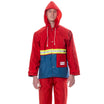
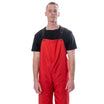
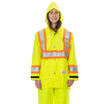
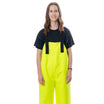
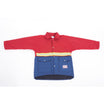
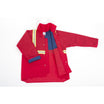
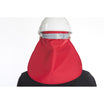
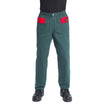
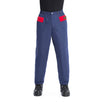
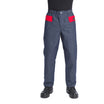
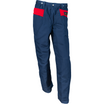
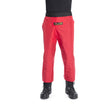
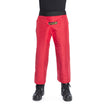
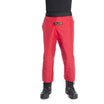
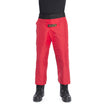
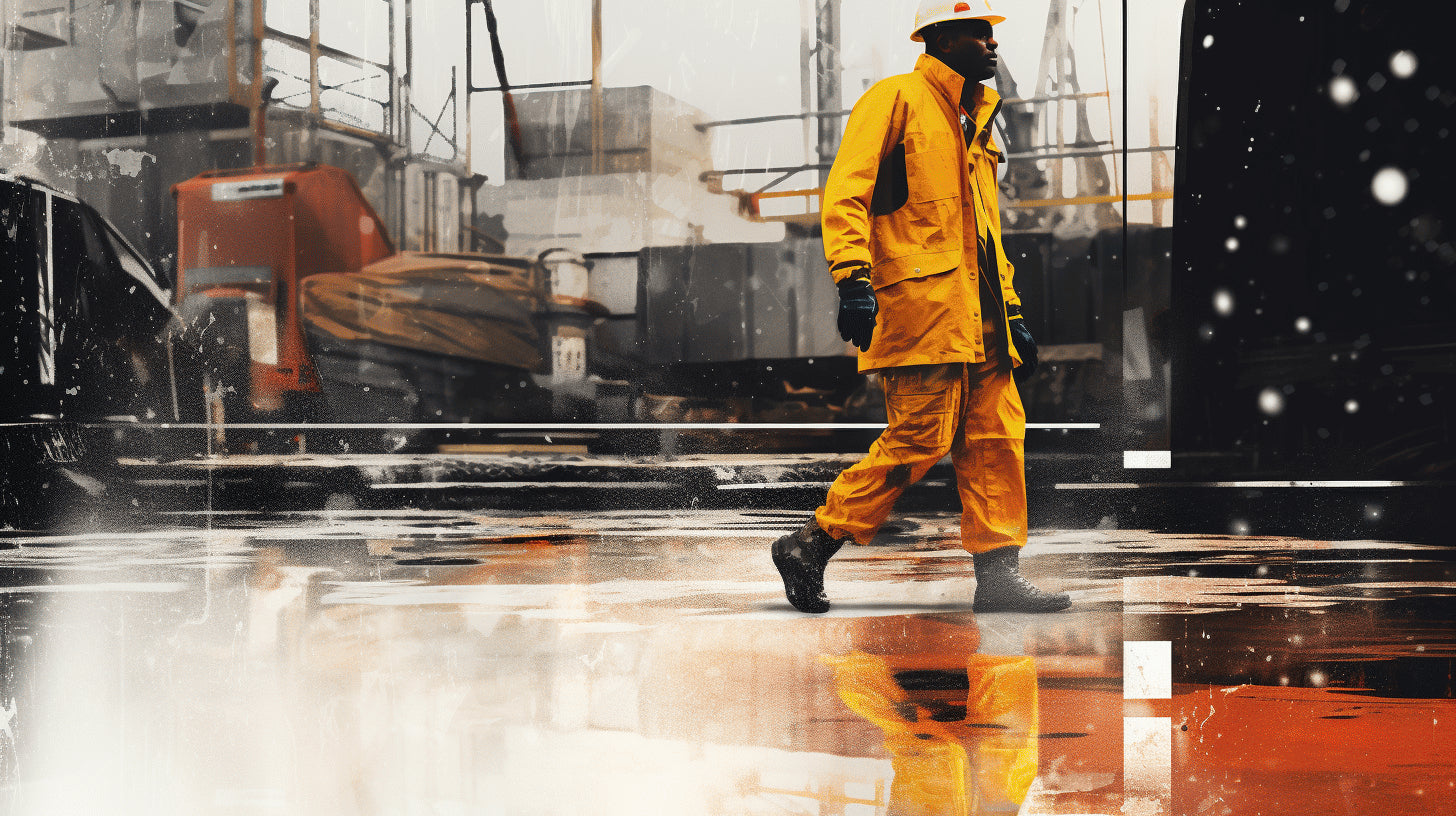

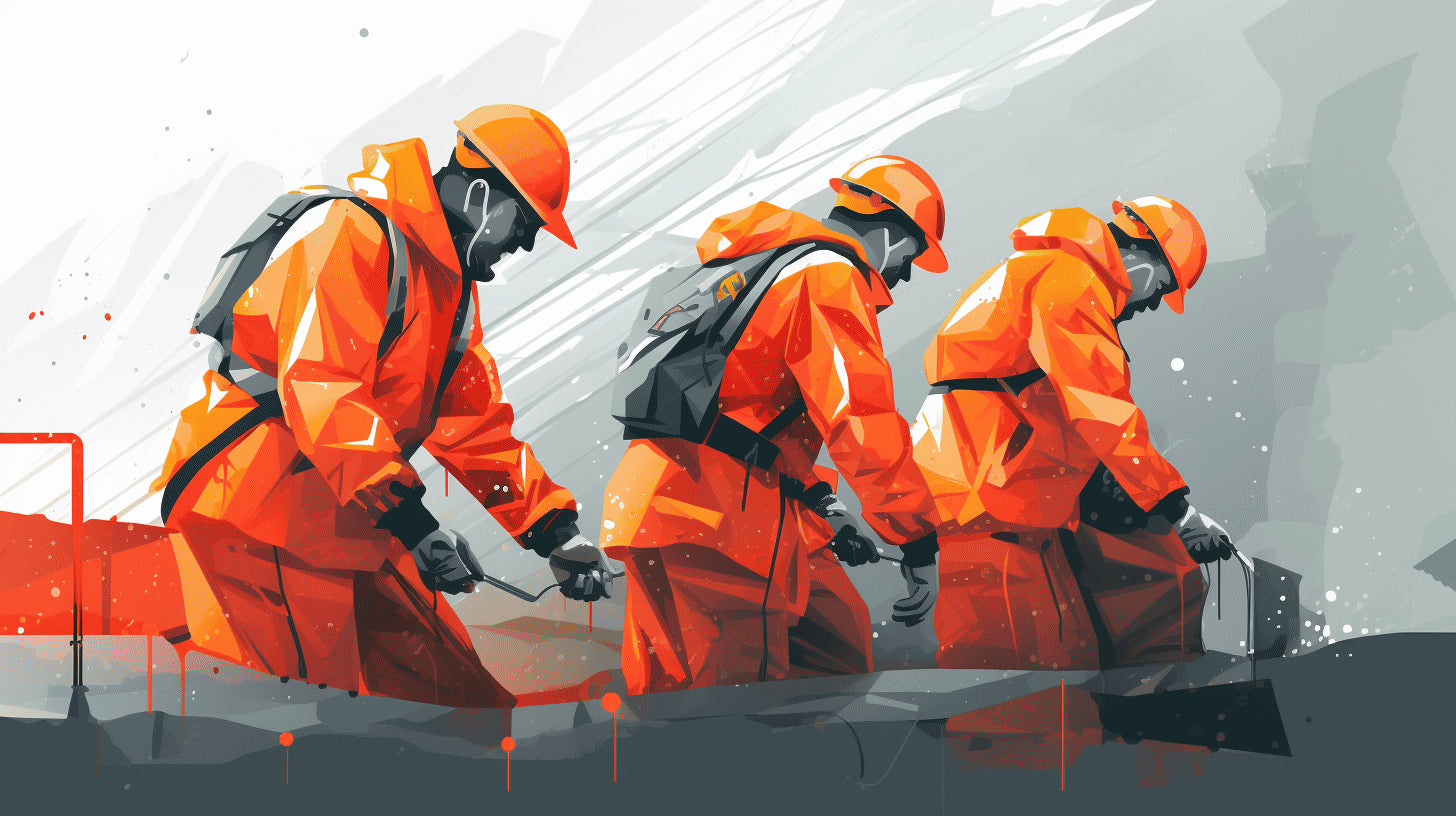
Leave a comment
This site is protected by hCaptcha and the hCaptcha Privacy Policy and Terms of Service apply.